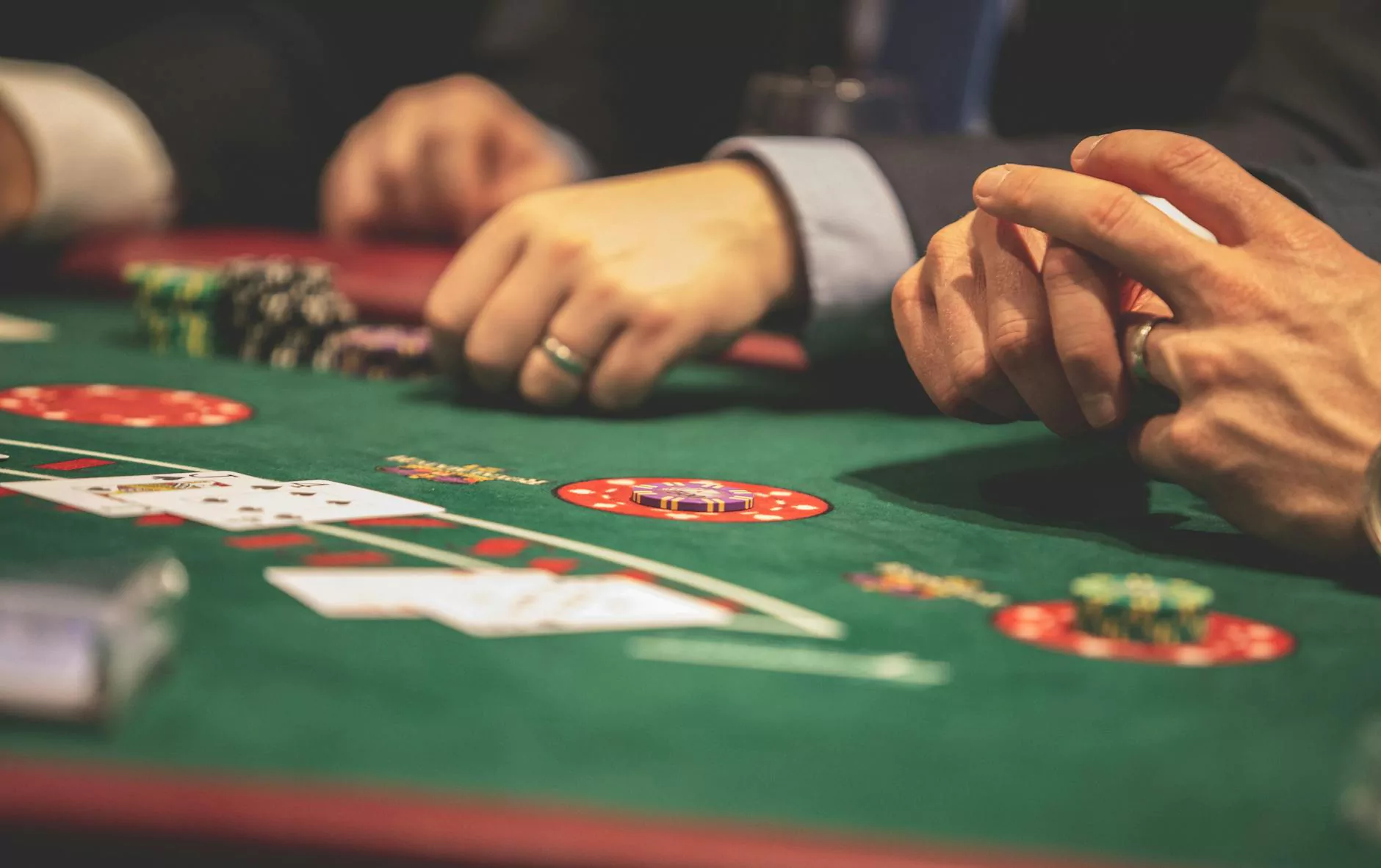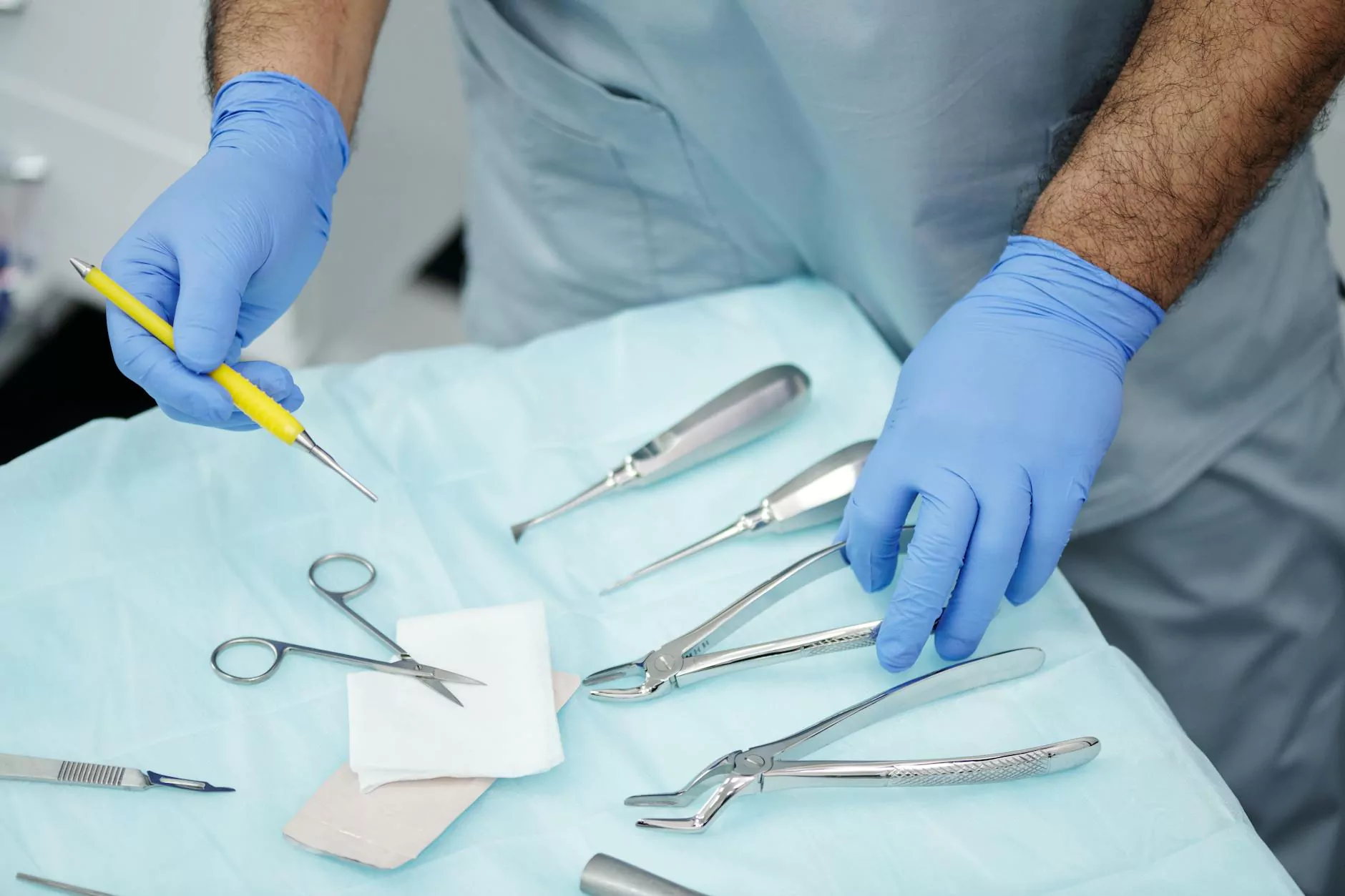Understanding Tendinopathy vs Tendonitis: A Comprehensive Guide to Tendon Injuries

In the world of health and medical sciences, understanding the nuances of musculoskeletal injuries is essential for effective treatment and prevention. Among these, tendon injuries are particularly common and often misunderstood. This comprehensive guide delves into the critical differences between tendinopathy vs tendonitis, exploring causes, symptoms, diagnosis, and advanced treatment options, helping patients, clinicians, and wellness professionals optimize treatment outcomes and improve quality of life.
Introduction to Tendon Injuries
Tendons are robust connective tissues that attach muscles to bones, facilitating movement and stability. When tendons are subjected to excessive stress, overuse, or injury, they can develop various pathologies. Proper understanding of these conditions is fundamental for anyone involved in health, fitness, or rehabilitative therapy.
What Are Tendons and How Do They Function?
Tendons are structured to withstand high tension forces, transmitting the force generated by muscle contractions to bones. They play a critical role in joint stability, mobility, and posture. Due to their function, tendons are naturally prone to injuries, especially in athletes, manual laborers, and individuals with repetitive motion patterns.
Distinguishing Tendinopathy vs Tendonitis: Definitions and Key Differences
One of the main challenges in addressing tendon injuries is accurately differentiating between tendinopathy and tendonitis. Although these terms are sometimes used interchangeably, they represent distinct pathological states:
- Tendonitis: Characterized by acute inflammation of the tendons, typically resulting from sudden injury or overuse, leading to redness, swelling, pain, and limited mobility.
- Tendinopathy: Represents a broader, chronic degenerative condition involving tendon disorganization, collagen breakdown, and lack of significant inflammation.
Understanding Tendinopathy vs Tendonitis: Pathophysiology
Pathophysiology of Tendonitis
Tendonitis stems from an acute inflammatory response triggered by trauma, overloading, or repetitive strain. The body's immune response sends inflammatory mediators to the injured site, resulting in swelling, warmth, tenderness, and pain. If untreated, it can lead to chronic issues or rupture.
Pathophysiology of Tendinopathy
Tendinopathy, on the other hand, is a chronic condition marked by degenerative changes within the tendon tissue, such as collagen disorganization, microtears, and decreased vascularity. Unlike tendonitis, tendinopathy involves minimal or no active inflammation but reflects a failed healing response and ongoing degeneration.
Etiology and Risk Factors
Both conditions share some common risk factors but differ in their causative pathways:
Causes and Contributing Factors of Tendonitis
- Sudden or repetitive overuse of tendons
- Acute injury or Trauma
- Improper technique during physical activity
- Inadequate rest and recovery
- Biological factors such as age-related changes
Causes and Contributing Factors of Tendinopathy
- Chronic overuse or repetitive motion without sufficient recovery
- Biomechanical abnormalities or poor ergonomics
- Age-related degeneration
- Failed healing response from previous injury
- Genetic predisposition to connective tissue disorders
Symptoms and Clinical Presentation
Signs of Tendonitis
Patients typically report sudden, sharp pain during activity, tenderness, swelling, warmth, and possible crepitus around the affected tendon. Movement may be limited, and pain often worsens with activity and eases with rest.
Signs of Tendinopathy
Symptoms tend to develop gradually, with persistent dull ache, stiffness, and localized tenderness. Over time, the pain may become more persistent and interfere with daily activities. Usually, swelling and warmth are minimal or absent.
Accurate Diagnosis: Clinical and Imaging Approaches
Diagnosing tendinopathy vs tendonitis involves a combination of patient history, physical examination, and imaging studies:
- History: Recent activity patterns, pain onset, and duration.
- Physical Exam: Tenderness, swelling, range of motion tests, and functional assessment.
- Imaging: Ultrasound and MRI are invaluable for visualizing tendon degeneration, tears, and inflammatory changes.
Accurate diagnosis is essential to tailor effective treatment strategies and prevent progression to more severe injury.
Innovative Treatment Strategies for Tendinopathy and Tendonitis
Conventional Approaches
Initial management may include rest, ice application, nonsteroidal anti-inflammatory drugs (NSAIDs), and physical therapy focusing on flexibility, strengthening, and activity modification.
Advanced and Emerging Therapies
- Extracorporeal Shockwave Therapy (ESWT): Stimulates healing and reduces pain.
- Platelet-Rich Plasma (PRP) Injections: Promote tissue regeneration by delivering growth factors.
- Stem Cell Therapy: Emerging modality aiming at repairing degenerative tendinous tissue.
- Physical Therapy & Rehabilitation: Emphasizes eccentric exercises, biomechanical corrections, and proprioception training.
- Innovative Surgical Interventions: For severe cases, procedures like tendoscopy or minimally invasive repairs are options.
Implementing a personalized, multimodal treatment plan is key to healing and returning to optimal function effectively.
Preventive Measures and Long-Term Management
Strategies to Prevent Tendon Injuries
- Proper Technique: Proper training and ergonomics reduce undue stress.
- Gradual Load Progression: Incremental increase in activity intensity and volume.
- Regular Strengthening and Flexibility Exercises: Enhance tendon resilience.
- Adequate Rest and Recovery Periods: Prevent overuse injuries.
- Addressing Biomechanical Abnormalities: Custom orthotics or physiotherapy corrections.
Maintaining Tendon Health Long-Term
Long-term management involves maintaining core strength, proper hydration, balanced nutrition rich in collagen-supportive nutrients, and ongoing activity modifications to reduce repetitive strain.
The Role of Education and Multidisciplinary Care
In the realm of health & medical and education, empowering patients with knowledge about their condition is vital. Multidisciplinary approaches involving chiropractors, physiotherapists, orthopedic specialists, and nutritionists often produce the best outcomes in managing complex tendon disorders.
Why Choosing the Right Care Provider Matters
Optimal recovery from tendinopathy or tendonitis depends on early intervention, accurate diagnosis, personalized treatment plans, and patient compliance. Certified practitioners specializing in sports medicine, musculoskeletal health, and chiropractic care can provide comprehensive management strategies suited for individual needs.
Conclusion: Navigating Tendon Injuries with Knowledge and Care
Understanding the distinction between tendinopathy vs tendonitis is crucial in designing appropriate treatment strategies. While tendonitis involves active inflammation, tendinopathy reflects degenerative changes requiring different therapeutic approaches. Advances in medical technology and rehabilitation techniques offer promising outcomes for patients suffering from persistent tendon injuries.
By staying informed, adopting preventive measures, and seeking expert care swiftly, individuals can effectively manage and recover from tendon injuries, restoring their mobility, activity levels, and overall well-being.
Explore More About Tendinopathy and Tendon Care at iaom-us.com
For comprehensive resources, expert consultations, and innovative treatment options, visit iaom-us.com — your partner in health, education, and wellness in the field of musculoskeletal care and chiropractic excellence.









